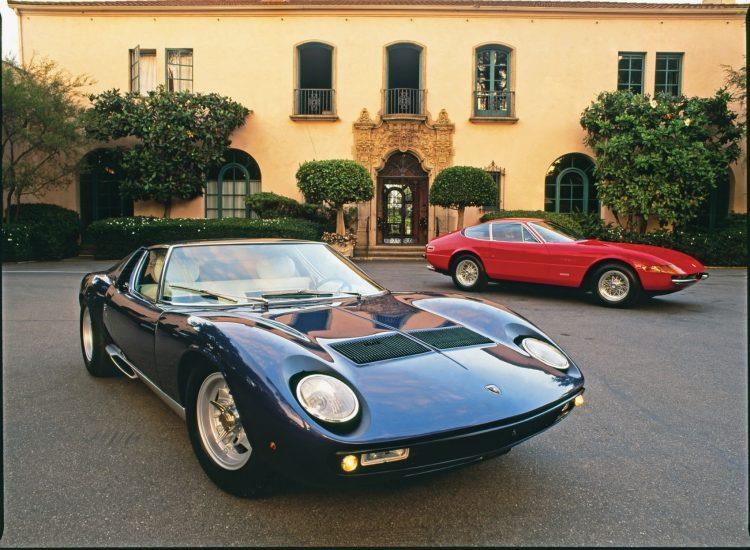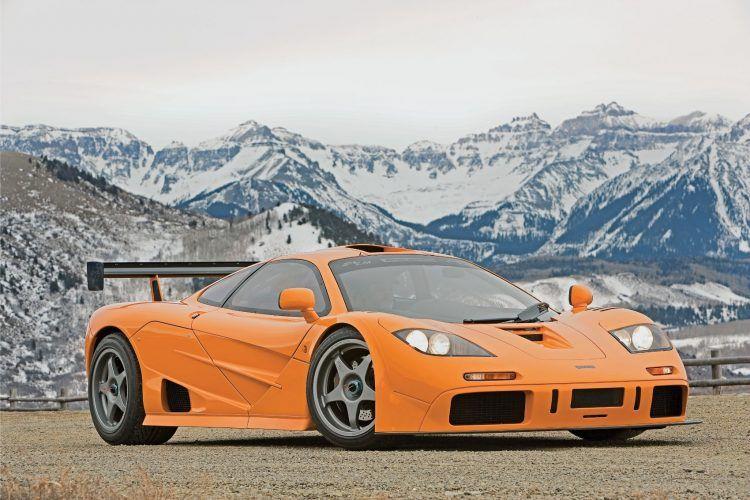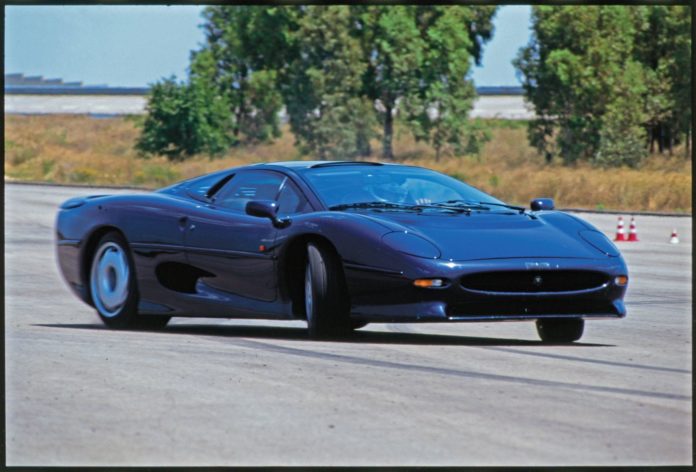- Supercar Revolution chronicles the battle for performance supremacy among the world's fastest cars.
- Our Book Garage series showcases what every reducer and enthusiast should have in their library.
What is a sports car? Not so long ago, in my lifetime, it was a simple question. Now things are getting much more hazy. We no longer only have sports cars, because now we have to add "supercars" to this discussion; and, more recently, "hypercars" are everywhere in the automotive world. John Lamm's excellent book The Supercar Revolution traces the history of sports cars becoming supercars and then hypercars. Basically, it's about the struggle for performance supremacy among these high-priced machines.
Supercar Revolution: The fastest cars of all time
It's Lamborghini's fault. As a young company upstart, engineering conservatism was not part of their vocabulary in 1967. It was clear that in terms of performance, a mid-engined car was the way to go. However, about a decade since John Cooper and Jack Brabham brought that point home, there were still plenty of big front-engined, rear-wheel-drive options in the world of high-end sports cars.
Lamborghini Miura has turned this concept into a cocked hat. While the Ferrari Daytona (actually called the 365 GTB/4) was the king of the mountain, the Miura was a blank sheet of paper; new idea from new minds. Perhaps it was the first supercar. It is from this event, starting with Enzo and Ferruccio's old chestnut retelling of how to build sports cars, that our book in question, The Supercar Revolution: The Fastest Cars of All Time, written by Jon Lamm, begins.
 The Supercar Revolution: The Fastest Cars of All Time, p. 10: Lamborghini Miura & Ferrari Daytona. Photo: John Lamm.
The Supercar Revolution: The Fastest Cars of All Time, p. 10: Lamborghini Miura & Ferrari Daytona. Photo: John Lamm.
sneak around
A Lambo punch on the nose of a Ferrari and every other traditionally oriented automaker of the time set us on the path we are on today: looking down the trunk of something as strange, beautiful, and terrible as La Ferrari or the Porsche 918 or the McLaren P1. These are not sports cars. They're not even supercars (despite the title of the book). No, they are hypercars. Machines of such technological aspiration and performance; such physically bending performance that it's almost crazy they sell them to anyone with a license and a good check.
But here they are, on the street; our streets rolling among us; looking from side to side, waiting, waiting for the next gap, the next open stretch of road, the next green light.
Stunning illustrations
And that's the point of the Supercar Revolution driving home, page after page and photo after photo. While we're on this topic: dig those footage, dude! The photographs in the 240-page book are great artistic shots of two types. Either this is a photo in the studio on a black suspended background; or they are on the street, at the scene of shots of stunningly beautiful cars parked on racetracks, or parked right in front of Old Villas, or green gardens, or inviting racing tracks. You've seen Top Gear, right? The BBC program is known (primarily) for two things: doing stupidly funny things with cars, and two things for really good photography. Supercar Revolution is similar to the second, only in a stationary form.
The dreadful expectation is that with both the story and the great photography, as evidenced by the fantastic, quarter-stained La Ferrari cover shot, this will be a coffee table book. A book that looks great, but it has everything that is written in the manual for the vacuum cleaner. But no! This is not an option! Supercar Revolution is pretty wonderfully written by Lamm, a longtime notable automotive scribe and photographer. He is an alumnus of Road & Track and Motor Trend and has created other well-done books and special pieces found here and now.
 The Supercar Revolution: The Fastest Cars of All Time, p. 137: McLaren F1. Photo: John Lamm.
The Supercar Revolution: The Fastest Cars of All Time, p. 137: McLaren F1. Photo: John Lamm.
star power
In fact, the R&T connection runs deep during the Supercar Revolution. Not only has Lamm been getting his two cents in performance cars over the past 50 years, he's also interacted with a bunch of well-known gear builders, writers, drivers and outspoken racers. Jay Leno gives his opinion here and there, prominent champions such as Phil Hill and Paul Frere are mentioned; Rene Dreyfus gets a chance. He even makes room for Jerry Wiegert, the half-Gaxter who gave (or said he's going to give) to the world of the Vector Aeromotive W2.
Pride of the coffee table
It is a really good book, both in words and in pictures, and its shortcomings are minimal. One is that covered cars are becoming more frequent as time approaches our present day - but that simply reflects how more super and hypercars are now available. Consider Ferrari, Porsche, Lamborghini and Aston Martin; and boutique manufacturers such as Pagani, Bugatti, Saleen and Ultima. Another miss besides this gorgeous cover, La Ferrari is not included in the book itself. Kind of like writing a book about mountains and not mentioning Mount Everest.






